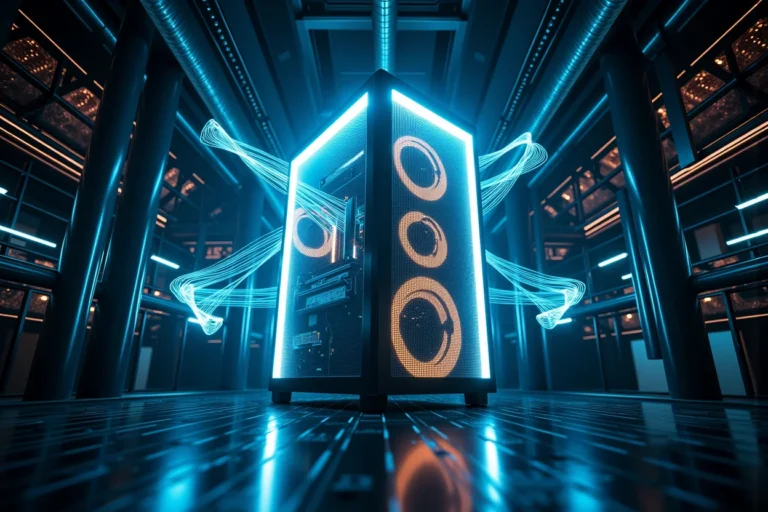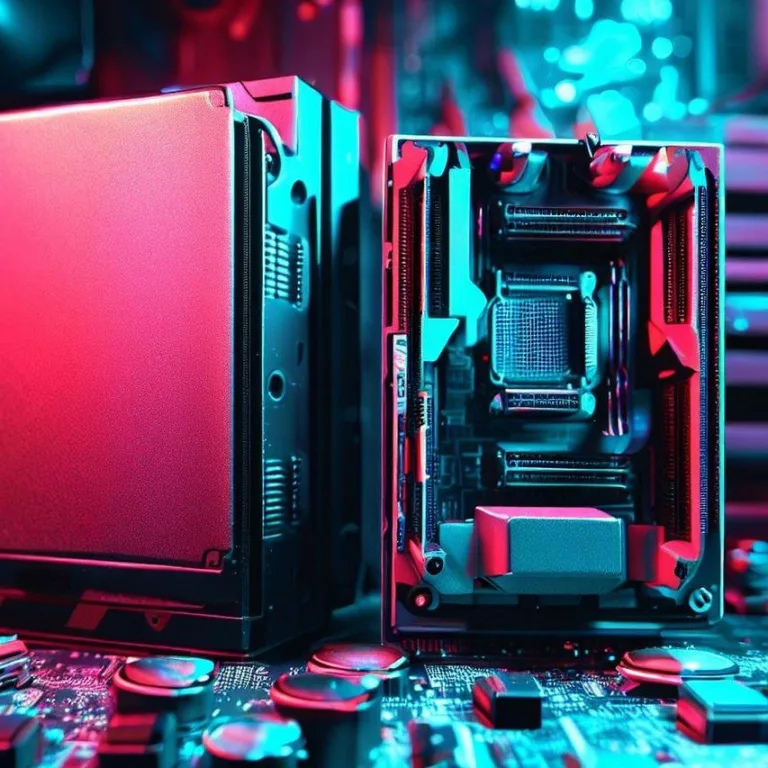Welcome to our comprehensive guide on EATX and ATX motherboards! In the world of computing, selecting the right motherboard for your system is crucial. Both EATX (Extended ATX) and ATX (Advanced Technology Extended) motherboards offer unique features and advantages, catering to different needs and preferences. In this article, we’ll delve into the nuances of these two motherboard types, highlighting their differences, benefits, and use cases.
EATX (Extended ATX) Motherboard
EATX, short for Extended ATX, is a larger motherboard form factor that builds upon the standard ATX design. With its extended dimensions, EATX motherboards provide additional space for components and features. These motherboards are typically wider and taller than their ATX counterparts, offering more room for extra RAM slots, expansion cards, and cooling solutions.
One of the key advantages of EATX motherboards is their increased scalability. They often come equipped with more RAM slots, allowing for higher memory capacities, which is beneficial for tasks that demand extensive multitasking, such as content creation, video editing, and scientific simulations.
ATX (Advanced Technology Extended) Motherboard
ATX, or Advanced Technology Extended, is the standard motherboard form factor that has been widely adopted in the industry. While smaller than EATX motherboards, ATX motherboards still offer a good balance of features and expandability. They are designed to fit into most computer cases without any issues, making them a popular choice for a wide range of users.
ATX motherboards are ideal for gaming setups, general computing, and even moderate content creation. They offer a sufficient number of expansion slots, USB ports, and other connectors to accommodate various devices and peripherals.
Eatx vs. atx: comparing the two
When comparing EATX and ATX motherboards, it’s important to consider your specific use case and requirements. Here’s a breakdown of the main differences:
| Aspect | EATX | ATX |
|---|---|---|
| Size | Larger | Standard |
| RAM Slots | More | Standard |
| Expansion Slots | More | Standard |
| Use Cases | Intensive tasks, workstation setups | Gaming, general computing |
If you’re building a high-performance workstation or a server that requires substantial computing power, EATX motherboards are likely the better choice. On the other hand, if you’re a gamer or a casual user looking for a well-rounded motherboard that fits in most cases, ATX motherboards should suffice.
E-atx motherboard: understanding the „e” factor
The „E” in E-ATX stands for „Extended,” signifying that these motherboards are an extension of the standard ATX form factor. They offer extra space for additional components and features, catering to those who require maximum performance and expansion capabilities.
E-ATX motherboards are commonly used in high-end gaming rigs, workstation setups, and enthusiast systems. Their larger size accommodates powerful CPUs, multiple GPUs, ample storage drives, and sophisticated cooling solutions.
Eatx vs. atx: making the right choice
In the end, the choice between EATX and ATX motherboards boils down to your intended usage and future expansion plans. Both motherboard types have their merits, and the decision should align with your specific needs and budget. Remember to consider factors like the case compatibility, the number of components you wish to install, and the type of tasks you’ll be performing.
Frequently Asked Questions
What are the main differences between EATX and ATX motherboards?
The main differences include size, expansion capabilities, and RAM slots. EATX motherboards are larger, offering more space for components and features, while ATX motherboards are standard-sized and offer balanced features for general use.
Who should choose an EATX motherboard?
EATX motherboards are best suited for users who require extensive multitasking, run resource-intensive applications, or build high-performance systems for gaming or professional tasks.
Are EATX motherboards compatible with all cases?
No, EATX motherboards are larger than standard ATX motherboards and may not fit in all computer cases. Always ensure that your chosen case supports EATX before making a purchase.
Can I use an EATX motherboard for gaming?
Yes, EATX motherboards are suitable for gaming, especially if you’re aiming for a high-end gaming rig with multiple GPUs, advanced cooling, and other performance-oriented features.







